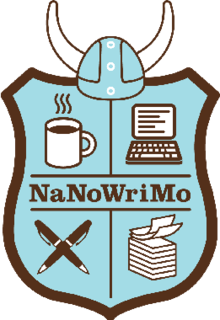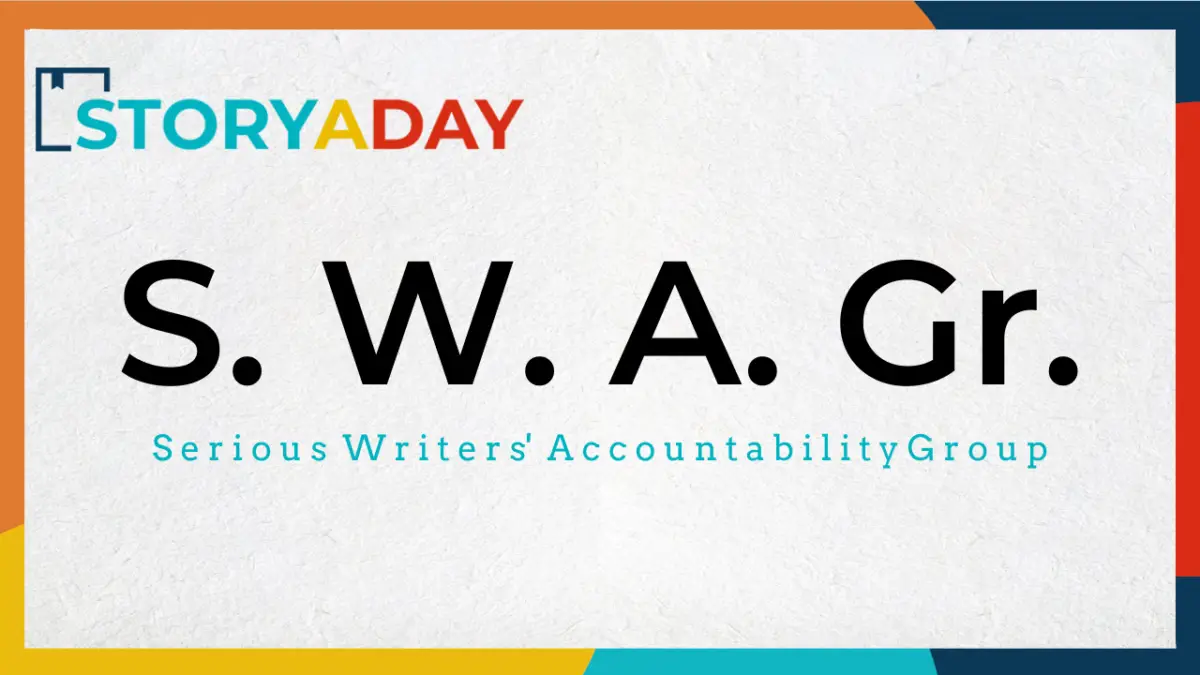I’m taking a moment this morning to mark the passing of NaNoWriMo as an oganization.
Theirs was one of the creativity challenges that inspired me to start StoryADay May for short story writers, in 2010 (NaNo’s 11th year).
(Fun fact: I even got founder Chris Baty’s blessing)
The end has been undignified, but I think NaNoWriMo’s real legacy will linger in the memory of its celebration of everyone’s right to be creative, to write our own entertainment and to do it in our own way.
(Pre-1999, pre-NaNo, pre-YouTube our culture had been one that suffered decades of tight gate-keeping on creativity’s tools of creation and distribution. NaNo was a glorious middle finger to all the people who said only certain types of people should dare to write.)
Its legacy will also be in the many, many writers who taught themselves how to stick with a project during NaNoWriMo and the many books that followed.
The Fall
It’s hard to grow and scale a business, even (especially?) a non-profit one. And it’s hard to run a writers’ organization—we are passionate, opinionated, insecure, clever, thoughtful, and prickly.
The choices the NaNo board made for their community were naieve at first, and disastrous later, but we can still applaud the spirit of encouragement, empowerment and generosity that were at the heart of NaNoWriMo for so long.
All good things, as they say.
What does this mean for other writing challenges?
Candidly, I’ve seen a drop off in participation in StoryADay May, too, though hundreds of people still enthusiastically participate and build that stack of first drafts to polish, and teach themselves how to persevere.
And, in truth, the challenge itself has become less important to the StoryADay writers, as we’ve built a close-knit private community and a looser, casual-acquaintance-type community around my workshops, podcast, and blog.
The StoryADay May challenge is still a highlight of the calendar, a way to take our writing both less and more seriously: more, as we commit to the practice; less as we try to write a ton of stories in one month.
(Perfectionism? Eat my dust!)
So RIP #NaNoWriMo. Writers will always need the kind of encouragement, permission and togetherness you stove for. We’ll continue to find each other, and push each other, and celebrate each other’s wins.
We just might not try to all get along in one place…
Onward
One day StoryADay will end. I will do my best to make it a controlled descent rather than a crash and burn, but that day is not today.
If you’re craving a little time-limited, creative frenzy, consider joining us for the 16th StoryADay May
Sign Up Here









